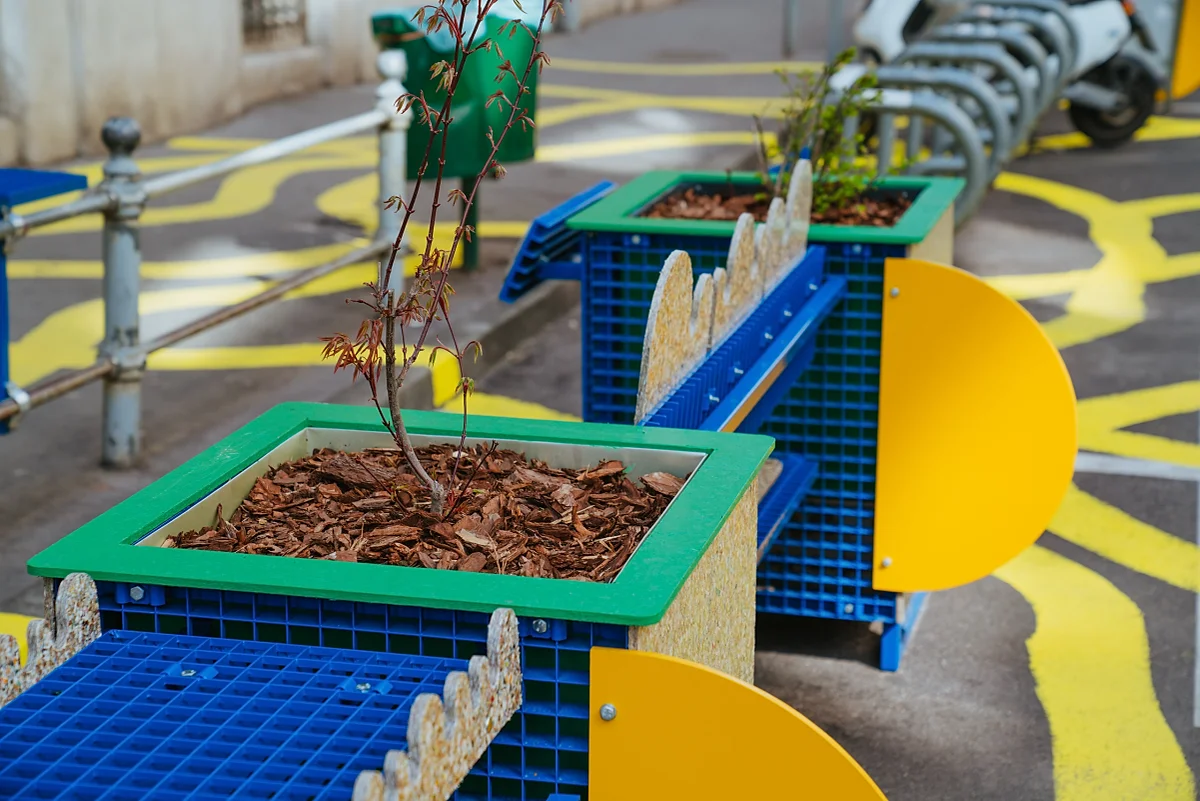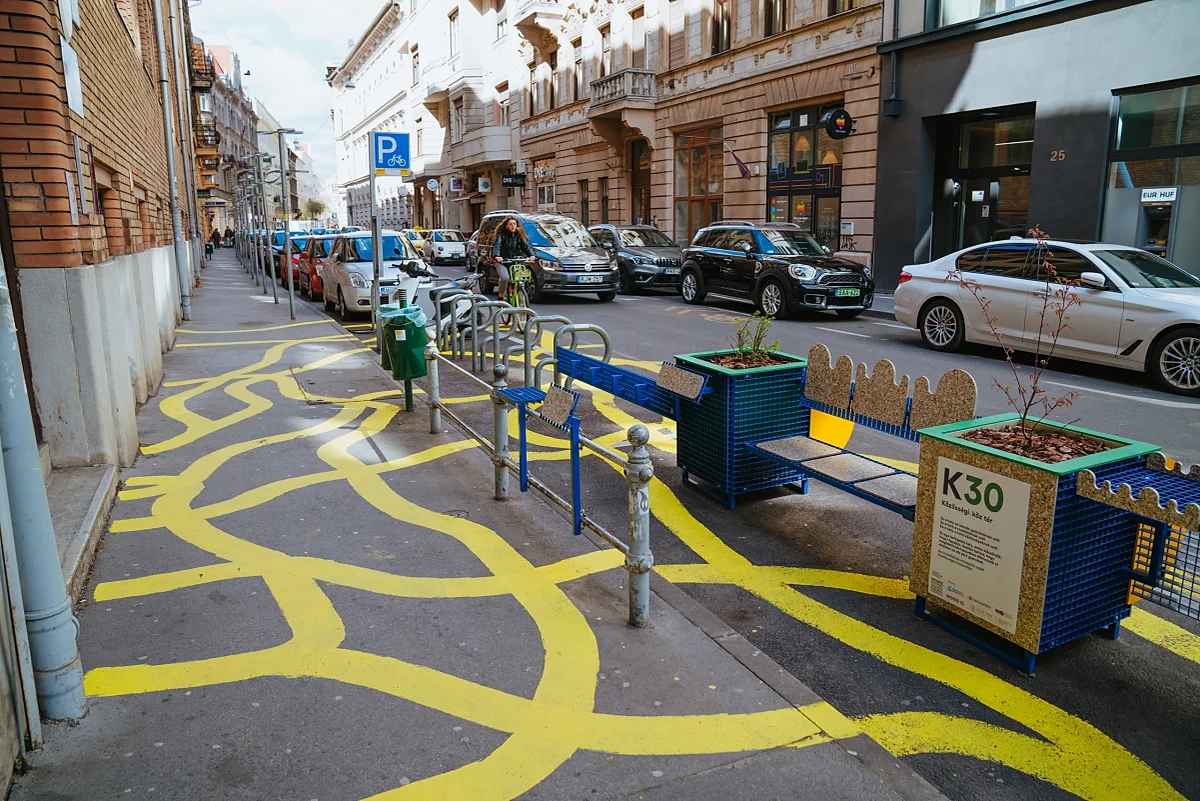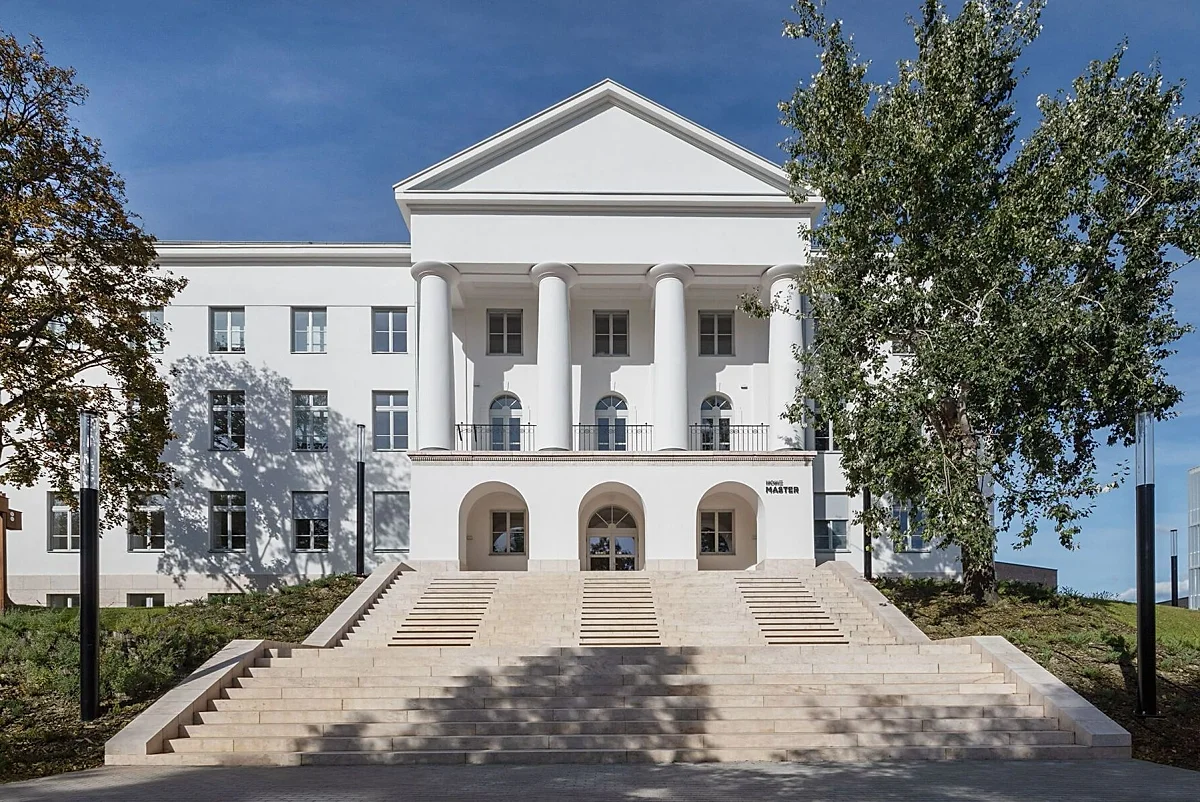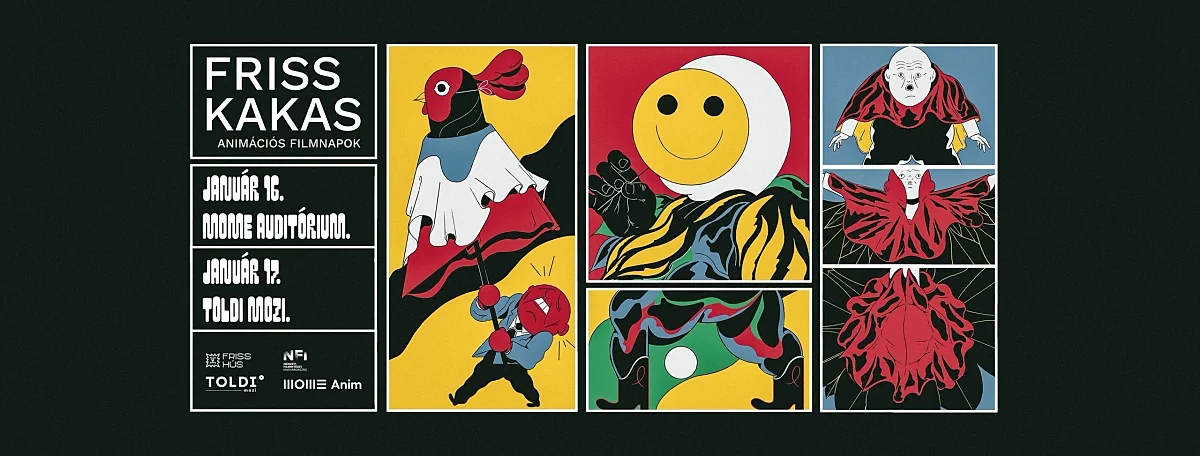
The MOME Innovation Center surveyed middle schoolers’ sense of security in mobility
At survey workshops, students said they often felt like they were in the way, and invisible to other road users. The first tangible outcome of the new survey is a modular system to be installed in public spaces. The installation combines a seating and storage surface, prevents kids from rushing out to the street, and can be potentially suited for traffic calming. Positioned in front the Kertész utca School and coordinated with the Local Government of Erzsébetváros, the intervention will be hopefully followed by others.
Narrow, busy streets and pavements, masses of parked cars, and sparsely distributed leafy areas – these features of Erzsébetváros affect the daily lives of hundreds of students going to schools in the district. The environment students need to cross to get to school, as well as the after-school leisure time amenities offered by the neighbourhood greatly affect their mental and physical health. This was the starting point for the children’s mobility research launched by the MOME Innovation Center in collaboration with the Centre for Budapest Transport and the Institute of People–Environment Transaction of the ELTE Faculty of Education and Psychology. The organisers asked urban planning, sustainable city and micromobility experts, transportation engineers, and the Hintalovon Foundation to help answer the key questions of how to incorporate the requirements of the children into urban space design, and how to develop children’s micromobility.
The workshop for the research conducted at 4 different schools revealed that the idea of changing the environment was completely foreign to students, which points to systemic issues.
“The children often mentioned that they felt public spaces were not meant for them. For us, the most surprising expressions they used were ‘invisibility’ and ‘being in the way’. We became interested in this type of liminality also outside the research”, said head of the research Rita Szerencsés of the MOME IC. She added that the exemplary cross-sectoral partnership and the complex, research and participation-based approach to the subject, combining for the first time in the region the study of the urban environment of schools with that of the mobility and space use needs of children, are also novel features of the research.
The prototype designing process involved students from one of the volunteering schools. What became clear from the workshops is that children have a need for leisure time amenities in public places instead of playgrounds, improved stay-and-go places, more space and leafy areas, knowing longer ways around, light, storage options, and more spacious public transportation stops. The “Crate” modular system for public spaces was designed in line with these considerations in mind, and serves multiple functions including preventing kids from rushing out to the street, providing seating, storage and green surfaces, and improving the visibility of the school for drivers, thereby potentially slowing down traffic. The experimental installation that includes road markings using a natural material was only designed to last a few months, with a more long-lasting solution to come in the next academic year.
According to researcher Rita Szerencsés, the prototype completed will be an optimal starting point for starting dialogues with local governments and urban designers for increased safety in children’s mobility.
Staff
The research is lead by Rita Szerencsés, researcher at the Social Design Hub of the MOME Innovation Center. Experts involved in the project include head of MA programme of the MOME Institute for Theoretical Studies and psychologist Anikó lllés, head of MA programme of the MOME Institute for Theoretical Studies Judit Bényei, deputy dean of ELTE Faculty of Education and Psychology and environmental psychologist Andrea Dúll, environmental psychologist of ELTE Faculty of Education and Psychology Iván Berze, head of the Erzsébetváros Climate Cabinet Csaba Tóth, R&D associate at BKK Centre for Budapest Transport Berta Molnár, architecture expert Renáta Pomázi, product designer Herrmann Markus, f and MOME IC project manager Kinga Dér. The roundtable discussion for the research was sponsored by the Embassy of the Netherlands in Budapest.
Website of the project: https://mome.hu/en/projects/urban-design-research-for-childrens-mobility
The project video is also available here: https://youtu.be/AYtamuvVxBM








